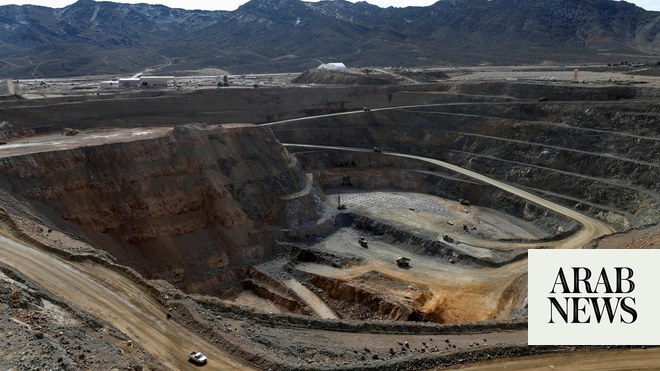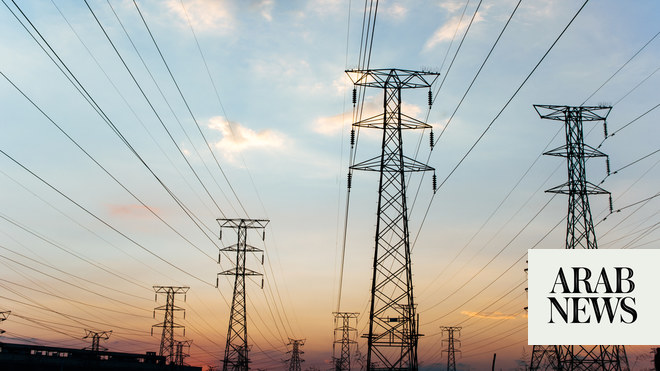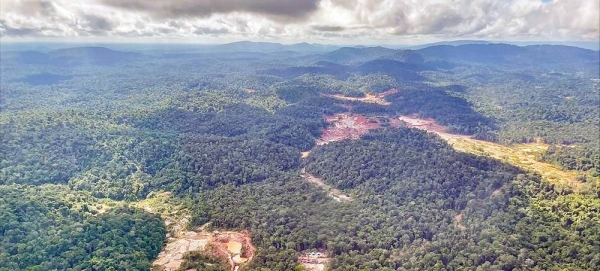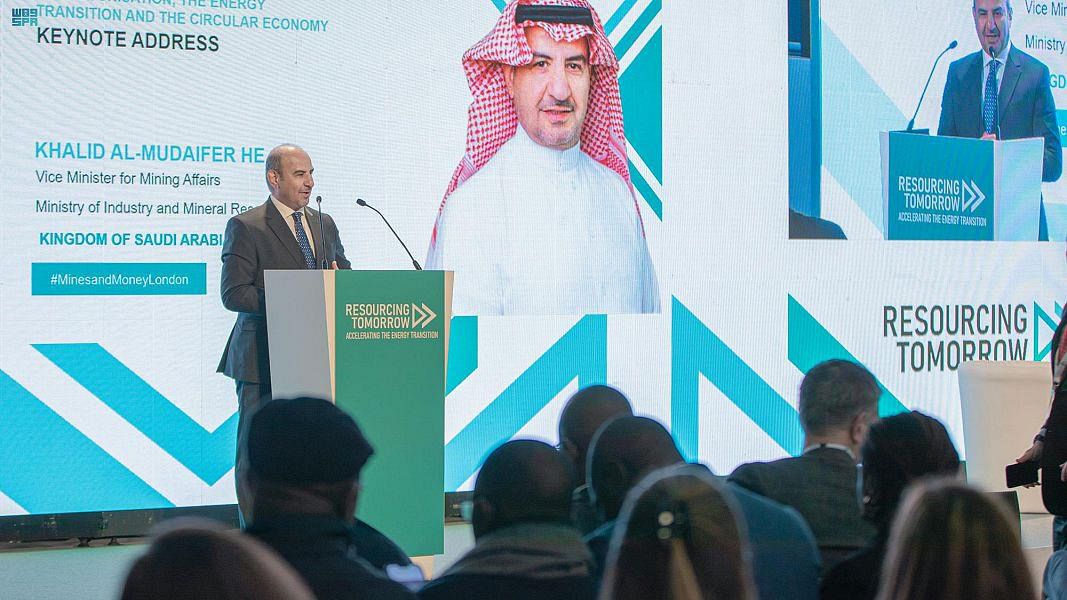
RIYADH: The market size of key minerals for energy transition is expected to double twofold to hit $770 billion by 2040, an analysis revealed.
In its latest report, the International Energy Agency said that more investments are needed in the clean energy sector as the world strives to achieve net-zero emissions by the middle of the century.
“The combined market value of key energy transition minerals — copper, lithium, nickel, cobalt, graphite, and rare earth elements — more than doubles to reach $770 billion by 2040,” said the energy agency.
It added: “At around $325 billion, today’s aggregate market value of key energy transition minerals aligns broadly with that of iron ore. By 2040, copper on its own attains that scale.”
Ensuring reliant and diversified supply critical
The report also highlighted that ensuring a reliant and diversified supply of critical minerals is crucial to achieving future climate and energy goals.
“Secure and sustainable access to critical minerals is essential for smooth and affordable clean energy transitions. The world’s appetite for technologies such as solar panels, electric cars, and batteries is growing fast — but we cannot satisfy it without reliable and expanding supplies of critical minerals,” said IEA Executive Director Fatih Birol.
He added: “The recent critical mineral investment boom has been encouraging, and the world is in a better position now than it was a few years ago when we first flagged this issue in our landmark 2021 report on the subject. But this new IEA analysis highlights that there is still much to do to ensure resilient and diversified supply.”
The report further pointed out that stepping up efforts to recycle, innovate, and encourage behavioral change is vital to ease potential strains on the supply of critical minerals required for energy transitions.
“Some $800 billion of investment in mining is required between now and 2040 to get on track for a 1.5 °C scenario. Without the strong uptake of recycling and reuse, mining capital requirements would need to be one-third higher,” said IEA.
According to IEA, announced projects are sufficient to meet only 70 percent of copper and 50 percent of lithium requirements by 2035.
However, the energy think tank noted that markets for other minerals look more balanced if projects come through as scheduled.
Earlier in May, an additional report released by the International Energy Forum echoed similar views, highlighting that the already set targets for 100 percent electric vehicle adoption globally by 2035 cannot be achieved without an unprecedented acceleration in copper mining.
IEF said that electrifying the global vehicle fleet would necessitate opening another 55 percent more new copper mines by 2035.
Moreover, from 2018 to 2050, the world will need to mine 115 percent more copper than has been mined in all of human history to meet vehicle electrification goals, said IEF.
IEA, in the latest report, also highlighted that announced projects in the mining sector show limited progress in diversifying supply.
“Announced projects indicate that refined material production is set to remain highly concentrated in a few countries. For battery grade spherical and synthetic graphite, almost 95 percent of growth comes from China,” said the agency.
IEA added: “These high levels of supply concentration represent a risk for the speed of energy transitions, as it makes supply chains and routes more vulnerable to disruption, whether from extreme weather, trade disputes or geopolitics.”
Critical mineral prices fell in 2023
The energy think tank also revealed that the prices of critical minerals fell in 2023, returning to levels last seen before the COVID-19 pandemic.
“Materials used to make batteries saw particularly significant decreases, with the price of lithium dropping by 75 percent and the prices of cobalt, nickel, and graphite falling by between 30 percent and 45 percent — helping drive battery prices 14 percent lower,” said IEA.
The study added that the demand for critical minerals experienced substantial growth in 2023, with lithium demand rising by 30 percent, while requests for nickel, cobalt, graphite, and rare earth elements all saw increases ranging from 8 percent to 15 percent.
IEA noted that clean energy applications were the main driver of growth for a range of critical minerals in 2023.
“Electric vehicles consolidated their position as the largest-consuming segment for lithium and increased their share considerably in the demand for nickel, cobalt, and graphite,” said the energy agency.
The report added that lower prices for critical minerals in the past year have been good news for consumers and affordability. However, they have provided a headwind for new investment.
The IEA noted that in 2023, investment in critical minerals mining grew by 10 percent, and exploration spending rose by 15 percent — still healthy but slower than in 2022.
“The recent fall in prices has affected investments in new mineral supply, but they are still growing. Increases in 2023 were smaller than those seen in 2022, but investment in critical mineral mining nonetheless grew by 10 percent. Investment by lithium specialists saw a sharp rise of 60 percent, despite weak prices,” said the report.
It added: “Exploration spending also rose by 15 percent, driven by Canada and Australia. China’s spending on and acquisition of overseas mines has grown significantly in the past ten years, reaching record levels of $10 billion in the first half of 2023.”
The study further highlighted that Latin America will capture the largest market value for mined output, with around $120 billion by 2030.
Similarly, Indonesia will witness the fastest growth in mining output value. Due to its burgeoning nickel production, the country is expected to double its market value by 2030 to $75 billion.












